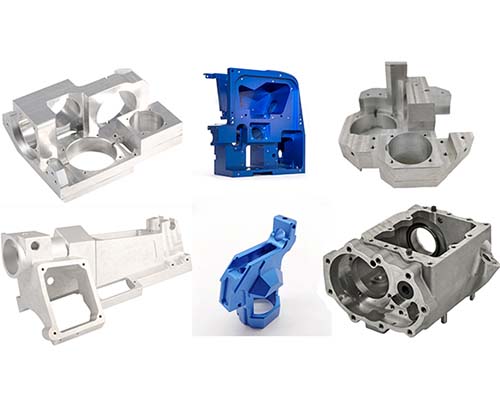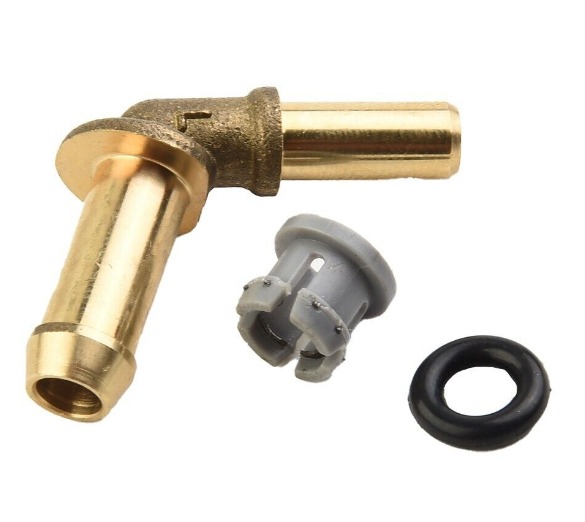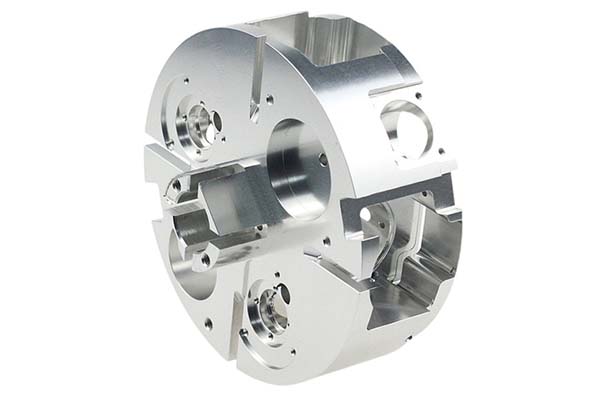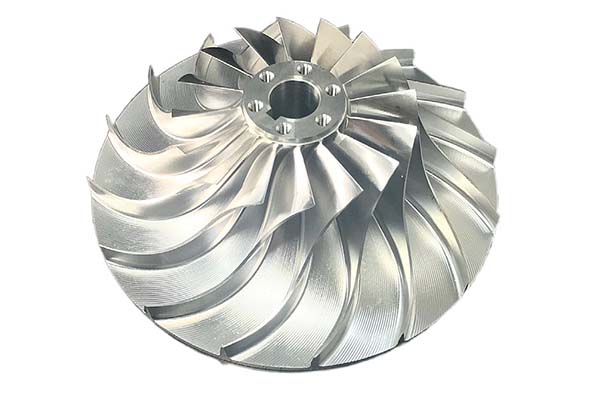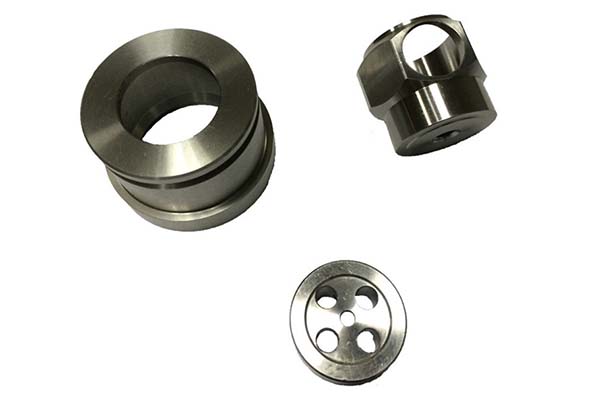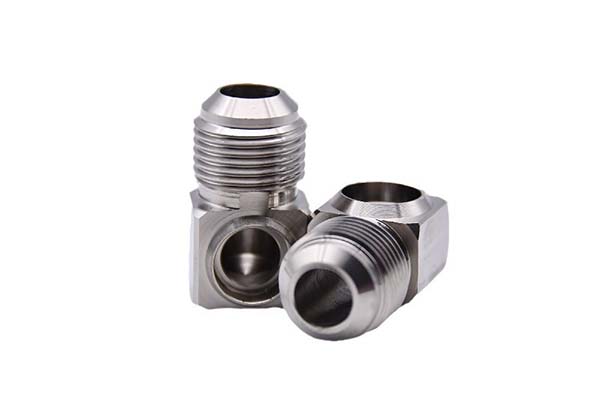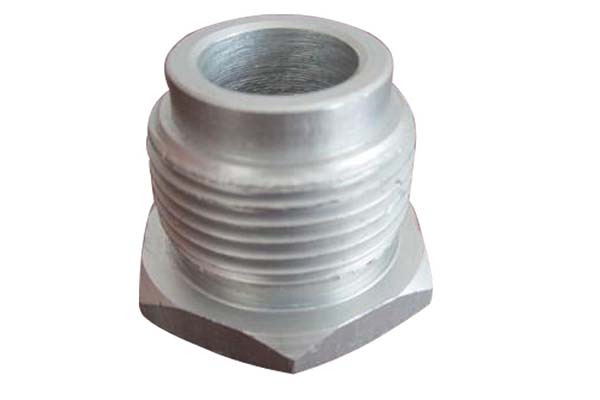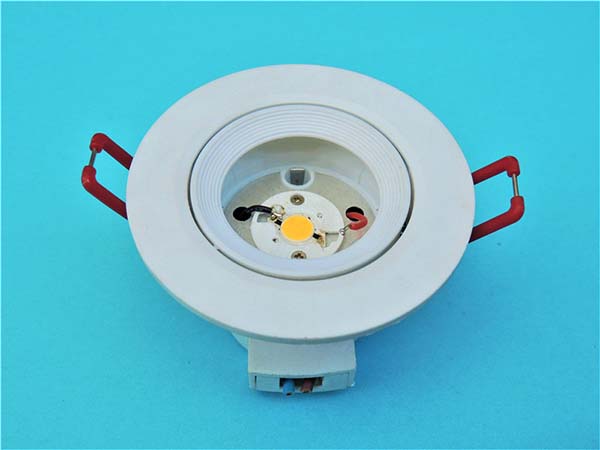If you’ve ever worked on a project that requires custom metal or plastic components—whether for a prototype, an automotive repair, or an aerospace application—you’ve likely encountered machining parts. But turning a concept into a functional, precise part isn’t as simple as hitting “start” on a machine. From initial design choices that impact manufacturability to final inspections that ensure compliance, every step matters.
In this guide, we’ll break down everything you need to know about machining parts: how to design them for success, the key features that define their functionality, the most common manufacturing processes, how to ensure top-tier quality, and where these parts are used across industries. We’ll also share real-world examples and practical tips to help you avoid costly mistakes and get the best results.
1. Part Design & Engineering: Lay the Foundation for Machinability
Before a single cut is made, the design phase sets the tone for your machining part’s success. Poorly designed parts can lead to delayed production, wasted materials, or even parts that fail in real-world use. The goal here is to balance functionality with Design for Manufacturability (DFM) and Design for Assembly (DFA)—two principles that save time and money while improving performance.
Key Design Elements to Get Right
- CAD Model: This 3D digital representation is the blueprint for your part. A clean, detailed CAD model (created in software like SolidWorks or AutoCAD) helps machinists understand every feature and avoid misinterpretation. For example, a client once came to our shop with a CAD model that had overlapping features for a medical implant. We revised the model to separate the features, reducing machining time by 30% and eliminating material waste.
- Geometric Dimensioning & Tolerancing (GD&T): Unlike basic dimensions, GD&T defines how features relate to each other (e.g., parallelism, perpendicularity) and the allowable variation. This is critical for parts that need to fit with other components. For instance, in automotive engine parts, a tolerance of ±0.001 inches for a bore ensures it aligns with the crankshaft—any deviation could cause engine failure.
- Wall Thickness & Material Selection: Thin walls (less than 0.02 inches for metals) can warp during machining due to heat, while overly thick walls waste material. We once had a project for a consumer electronics housing where the initial design had 0.5-inch thick walls. By reducing it to 0.1 inches (using aluminum alloy 6061, which is strong yet lightweight), we cut material costs by 40% without sacrificing durability.
- Critical Features: Identify which features are non-negotiable (e.g., a threaded hole for mounting). Mark these in your CAD model so machinists prioritize them.
Quick DFM Checklist
| Design Aspect | Do’s | Don’ts |
| Wall Thickness | Keep consistent (0.02–0.5 inches for metals) | Use walls thinner than 0.02 inches |
| Corners | Add chamfers/fillets (0.01–0.1 inches) | Leave sharp 90° corners (causes tool wear) |
| Holes | Place at least 0.1 inches from edges | Put holes too close to part edges (cracks risk) |
2. Part Features & Geometries: The Building Blocks of Functionality
Every machining part is made up of specific features that determine what it does and how it works. Understanding these features helps you design parts that meet your needs—and communicate clearly with machinists.
Common Features & Their Uses
Let’s break down the most essential features, with examples of when to use them:
- Pockets & Slots: Pockets are recessed areas (e.g., for housing a sensor in industrial machinery), while slots are long, narrow recesses (e.g., for guiding a sliding component). For a custom fixture we built for a factory, we added a 2x4-inch pocket to hold a sensor, ensuring it stayed secure during operation.
- Holes & Threads: Holes are used for mounting or passing fasteners (e.g., bolts). Threaded holes (created via tapping) let you screw in components without nuts. In a prototype for a drone frame, we drilled 10 0.25-inch holes and tapped 5 of them for M4 screws—this let the client assemble the frame quickly without extra hardware.
- Bosses & Chamfers: Bosses are raised sections (e.g., for attaching a handle to a tool), while chamfers are angled edges that prevent sharpness and make assembly easier. For a handheld industrial tool, we added a 0.5-inch boss to the handle mount, ensuring the handle didn’t wobble, and chamfered all edges to avoid user injury.
- Complex Contours & Thin-Walled Sections: Contours are curved or irregular shapes (e.g., the blade of a turbine in aerospace). Thin-walled sections (common in electronics) save weight but require careful machining. We once machined a turbine blade with a complex contour using 5-axis machining—this allowed us to cut the shape in one setup, improving precision.
Feature Compatibility Tip
Not all features work with every material. For example, undercuts (recesses that require the tool to reach behind a feature) are easy to machine in aluminum but challenging in hardened steel (which can damage tools). If you need undercuts in steel, use a smaller, more durable tool (like a carbide end mill) and reduce cutting speed.
3. Part Manufacturing Processes: Choose the Right Method for Your Project
The process you use to machine your part depends on its material, features, and volume. There’s no “one-size-fits-all”—each method has pros and cons, and the best choice often comes down to balancing speed, cost, and precision.
Comparison of Key Machining Processes
| Process | Best For | Precision (Tolerance) | Speed (Per Part) | Material Compatibility |
| CNC Milling | Complex 3D features (pockets, contours) | ±0.0005 inches | 10–60 minutes | Metals (aluminum, steel), plastics |
| CNC Turning | Cylindrical parts (shafts, bores) | ±0.0001 inches | 5–30 minutes | Same as milling |
| EDM (Electrical Discharge Machining) | Hard materials (titanium, hardened steel) | ±0.0002 inches | 30–120 minutes | Metals only |
| Laser Cutting | Thin sheets (up to 0.25 inches thick) | ±0.001 inches | 1–5 minutes | Metals, plastics, wood |
Real-World Process Selection Example
A client needed 500 aluminum brackets for an automotive assembly line. The brackets had a simple rectangular shape with two holes—so we recommended CNC milling (fast and cost-effective for small to medium volumes). For a single prototype of a titanium medical implant with a complex contour, we used 5-axis CNC machining (to avoid multiple setups) and EDM for a small undercut (since titanium is too hard for standard tools).
Pro Tip for High-Volume Production
If you need 1,000+ parts, consider combining processes. For example, use waterjet cutting to quickly cut blanks (raw material shapes) and then CNC milling to add detailed features. This reduces overall production time by up to 50% compared to milling alone.
4. Part Quality & Inspection: Ensure Your Part Meets Standards
Even the best design and machining process can result in faulty parts if quality isn’t checked. Inspection ensures your part is precise, functional, and compliant with industry standards—whether for aerospace (AS9100) or medical (ISO 13485) applications.
Critical Inspection Steps
- First Article Inspection (FAI): This is a full inspection of the first part produced. It verifies that the machining process works before mass production. For a client making aerospace components, we did an FAI on the first turbine blade and found the contour was off by 0.002 inches. We adjusted the CNC program, and all subsequent blades passed.
- CMM Measurement: A Coordinate Measuring Machine (CMM) uses a probe to check 3D dimensions with extreme precision (down to 0.00001 inches). We use CMM for medical implants, where even tiny deviations can harm patients. For example, a hip implant’s bore must be within ±0.0005 inches to fit the stem—CMM ensures this.
- Surface Finish (Ra): This measures how smooth the part’s surface is (lower Ra = smoother). For parts that slide (e.g., a piston in an engine), a low Ra (0.2–0.8 μm) reduces friction. We once had a client request an Ra of 0.4 μm for a hydraulic valve—we achieved this with grinding after milling.
- Functional Testing: Beyond dimensions, test if the part works as intended. For a custom gear, we tested how well it meshed with other gears and how much torque it could handle before failing.
Quality Control Report (QCR) Must-Include Items
Every QCR should have:
- Part number and CAD model reference
- List of inspected features (with tolerances)
- Measurement results (e.g., “Bore diameter: 0.5002 inches, tolerance ±0.0005 inches—PASS”)
- Inspection method (e.g., CMM, calipers)
- Inspector name and date
5. Part Applications & Industries: Where Machining Parts Shine
Machining parts are everywhere—from the phone in your pocket to the plane you fly in. Their versatility and precision make them essential in nearly every industry.
Key Industries & Use Cases
- Aerospace: Components like turbine blades and engine mounts require extreme precision (tolerances of ±0.0001 inches) and high-strength materials (titanium, Inconel). We once machined a turbine blade for a commercial jet that had to withstand temperatures of 1,200°F—using Inconel 718 and 5-axis machining.
- Medical: Implants (hip stems, dental crowns) need biocompatible materials (titanium, stainless steel 316L) and perfect finishes (to avoid infection). For a dental implant, we used EDM to create a textured surface that helps bone grow into the implant (improving long-term stability).
- Automotive: Parts like brake calipers and transmission shafts are mass-produced but require consistency. We machined 10,000 brake calipers for a car manufacturer using CNC turning—each caliper had the same bore size (ensuring consistent braking performance).
- Consumer Electronics: Thin-walled housings for laptops or smartphones need to be lightweight and precise. We used CNC milling to make a laptop housing from aluminum alloy 5052—reducing weight by 20% compared to plastic housings.
Yigu Technology’s Perspective on Machining Parts
At Yigu Technology, we believe the future of machining parts lies in blending precision with sustainability. Too often, traditional machining prioritizes speed over material waste—we’ve seen projects where 30% of the raw material is discarded as scrap. Our approach focuses on DFM optimization (e.g., designing parts to use less material) and recycling scrap metal (we recycle 90% of our aluminum and steel scrap, reducing our carbon footprint by 25%). We also invest in 5-axis machining and AI-powered CNC programs to improve precision—for example, our AI system can predict tool wear and adjust cutting speeds, reducing errors by 18%. For clients, this means better parts at lower costs, with less impact on the environment.
FAQ: Common Questions About Machining Parts
1. How do I choose the right material for my machining part?
Start with your part’s purpose: If it needs strength (e.g., automotive parts), use steel or aluminum alloy 6061. If it needs biocompatibility (e.g., medical implants), use titanium or stainless steel 316L. For lightweight parts (e.g., drones), use aluminum alloy 5052 or carbon fiber-reinforced plastic (CFRP).
2. What’s the difference between CNC milling and CNC turning?
CNC milling uses rotating tools to cut material (good for 3D features like pockets), while CNC turning spins the material against a stationary tool (good for cylindrical parts like shafts). If your part is round, use turning; if it’s irregular, use milling.
3. How much does it cost to machine a part?
Cost depends on material, complexity, and volume. A simple aluminum bracket (low complexity, 100 parts) might cost \(5–\)10 per part. A complex titanium medical implant (high complexity, 10 parts) could cost \(500–\)1,000 per part. Ask your machinist for a quote with a breakdown of material, labor, and setup costs.
4. How long does it take to machine a part?
A simple part (e.g., a bracket with two holes) can take 10–30 minutes per part. A complex part (e.g., a turbine blade) can take 1–2 hours per part. For high-volume orders (1,000+ parts), lead times may be 2–4 weeks (due to setup and production time).
5. What’s the most common mistake in machining part design?
Ignoring DFM. For example, designing walls that are too thin (causing warping) or holes too close to edges (causing cracks). Always share your CAD model with a machinist early—they can suggest tweaks to improve manufacturability.
